1 year ago

Transforming Education: The Power of Engineering Educational Robots
Read More →1 year ago
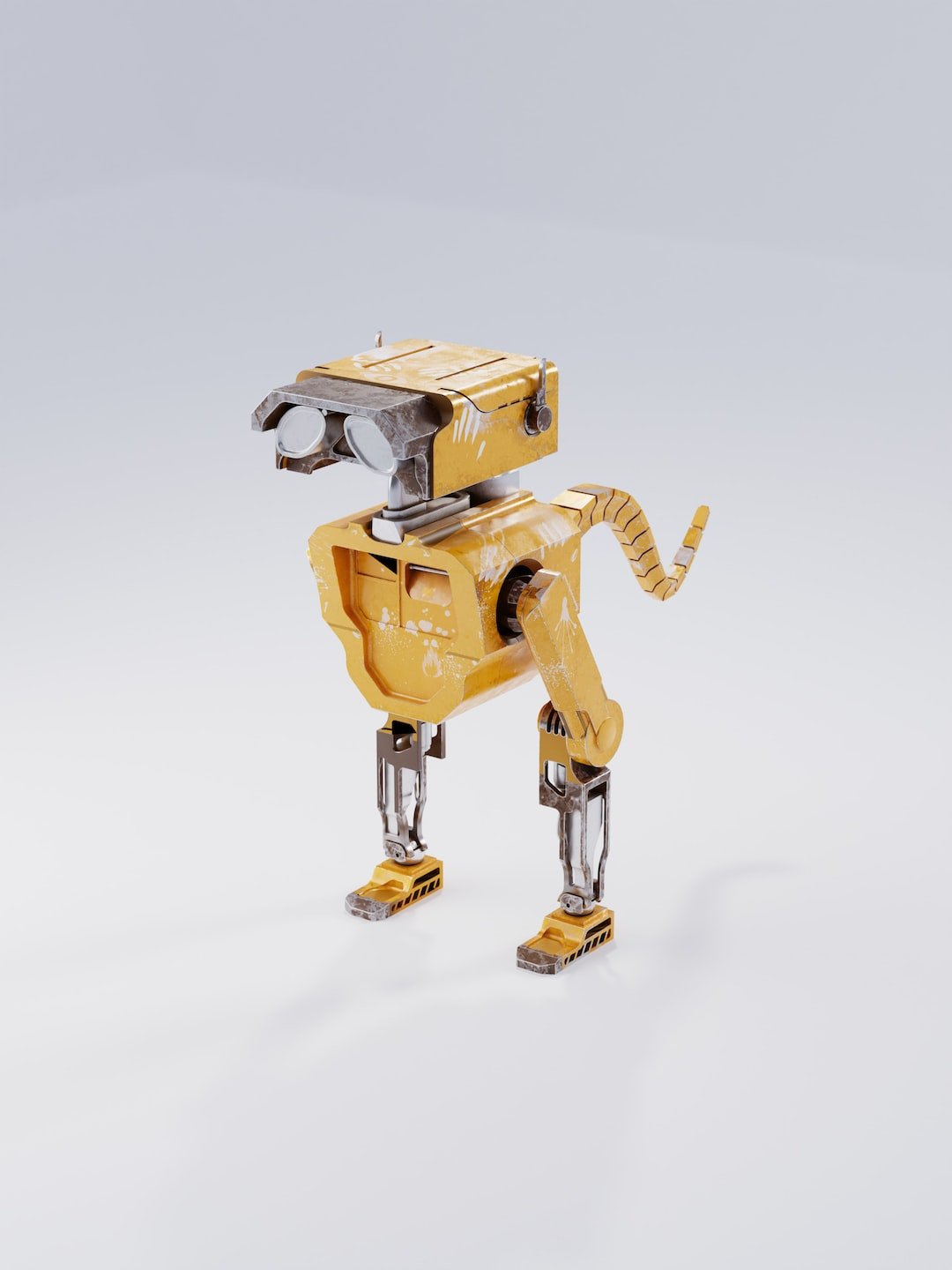
Embracing the Future: The Importance of Robotics Curriculum in Education
Read More →1 year ago

The Future of STEM Education: Exploring the World of Robotic Kits
Read More →1 year ago

Unlocking the Future of Education with Programming Educational Robots
Read More →1 year ago

The Key Benefits of Robotics Kits for Education: A Fun and Effective Learning Tool
Read More →Educational Robots
1 year ago

Changing the Game with Voice-Controlled Programmable Robots
Read More →1 year ago
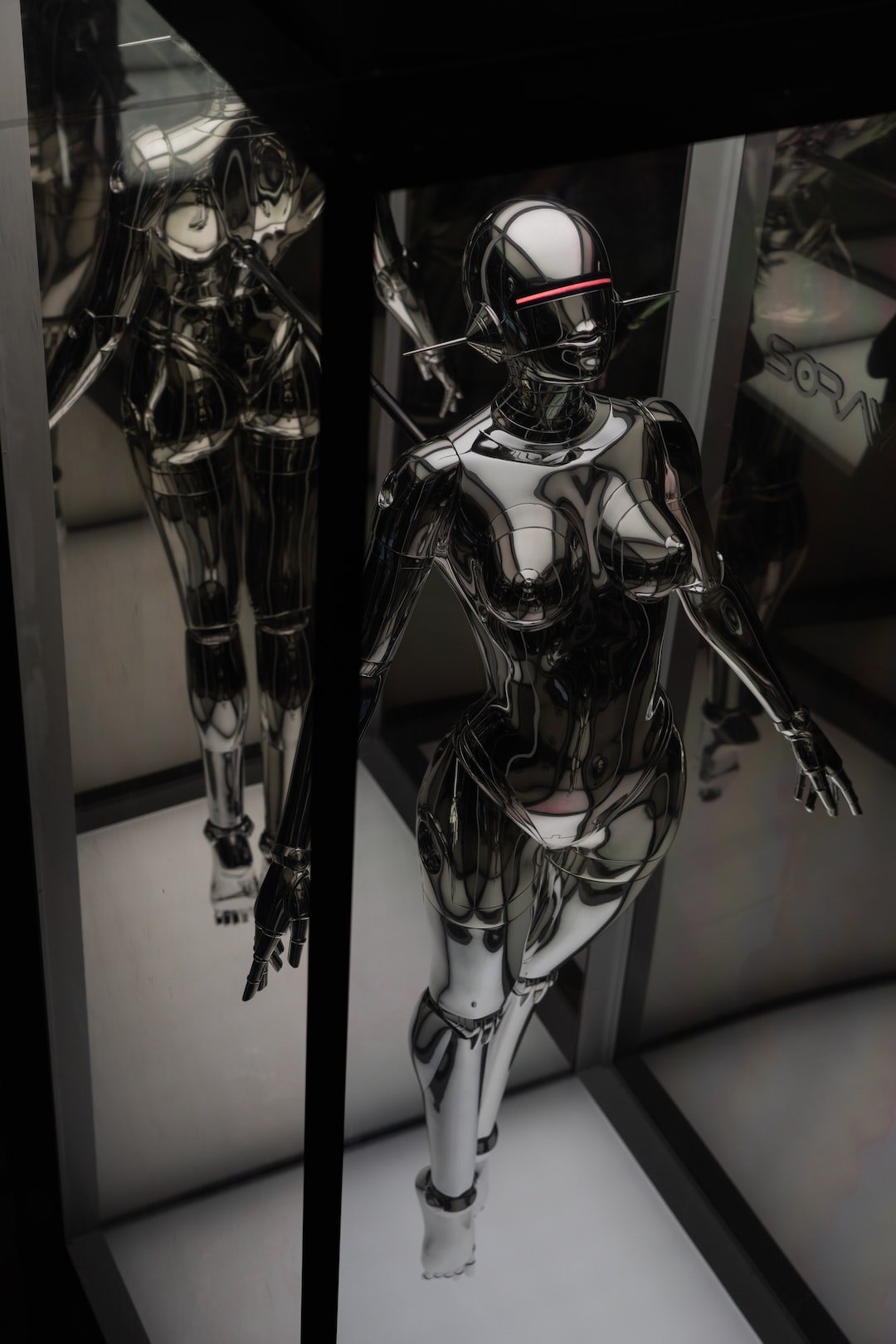
Unleashing the Power of AI Programmable Robots: Revolutionizing the Future
Read More →1 year ago

Embracing the Future: Exploring the World of Interactive Programmable Robots
Read More →1 year ago

Exploring the World of Advanced Programmable Robots
Read More →1 year ago

Exploring the Exciting World of Beginner-Friendly Programmable Robots
Read More →DIY Robotics
1 year ago
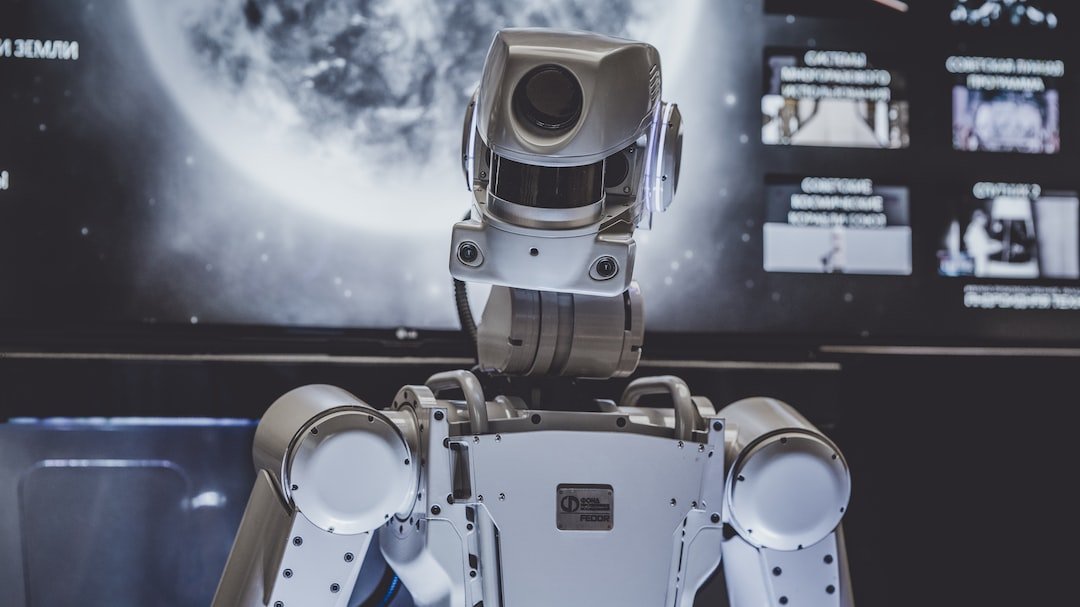
The Rise of Interactive Robot Games: A Revolution in Gaming
Read More →1 year ago

Exploring the Fascinating World of Programmable Interactive Robots
Read More →1 year ago

Exploring the Future of Education with Interactive Robots
Read More →1 year ago

The Rise of Interactive Robot Pets: A Perfect Blend of Technology and Companionship
Read More →1 year ago

Exploring the Potential of Emotionally Intelligent Robots
Read More →SEARCH
Recent News
- "Boost Your Energy and Beat Fatigue with Vitamin C-Rich Fruits and Fun Robot Toys"
- **Balancing Women's Fatigue with Vegan Food and Robot Toys**
- Addressing Women's Fatigue in the Urdu Community through Robot Toys
- How Robot Toys Can Help Women Combat Fatigue While Traveling
- How Robot Toys are Helping Combat Women's Fatigue in Tel Aviv, Israel
- Exploring the Unique Challenges Faced by Syrian Women Abroad and the Rise of Robot Toys as Tools for Combatting Fatigue
- **Exploring the Impact of Women's Fatigue Statistics on the Rise of Robot Toys**
- Balancing Women's Fatigue in Spanish Jobs and Careers with Robot Toys
Robotic Pets
1 year ago

Getting Started with Beginner Robot Kits: 7 Kits for Young Engineers
Read More →1 year ago
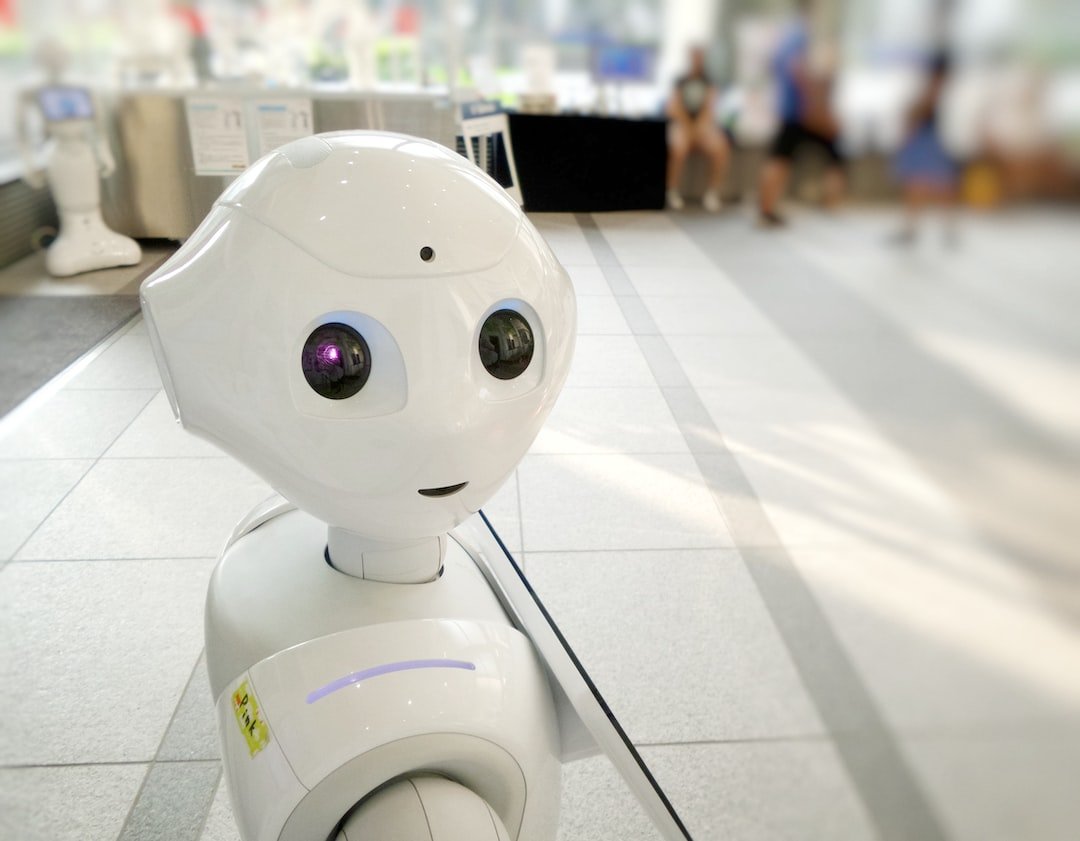
Discover the Exciting World of STEM Robot Kits
Read More →1 year ago

Building Your Own Robot: The Rise of Customizable Robot Kits
Read More →1 year ago

A Beginner's Guide to Building Robot Kits: Unleash Your Inner Engineer!
Read More →1 year ago

Dive into the World of DIY Robot Kits: Build a Bot of Your Dreams!
Read More →Robotic Vehicles
1 year ago

Exploring the Benefits of Educational Programmable Robots
Read More →1 year ago

Discover the World of STEM Programmable Robots: A Fun Way to Ignite Curiosity and Learn!
Read More →1 year ago

Exploring the World of Remote-Control Programmable Robots
Read More →1 year ago
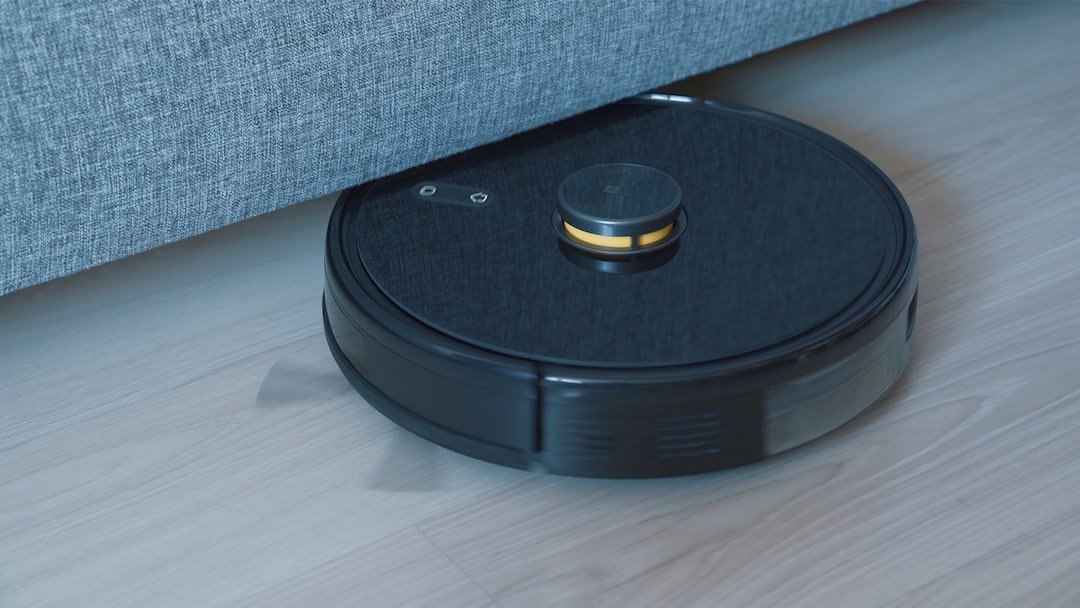
Explore the World of Robotics with Programmable Robotic Kits
Read More →1 year ago
